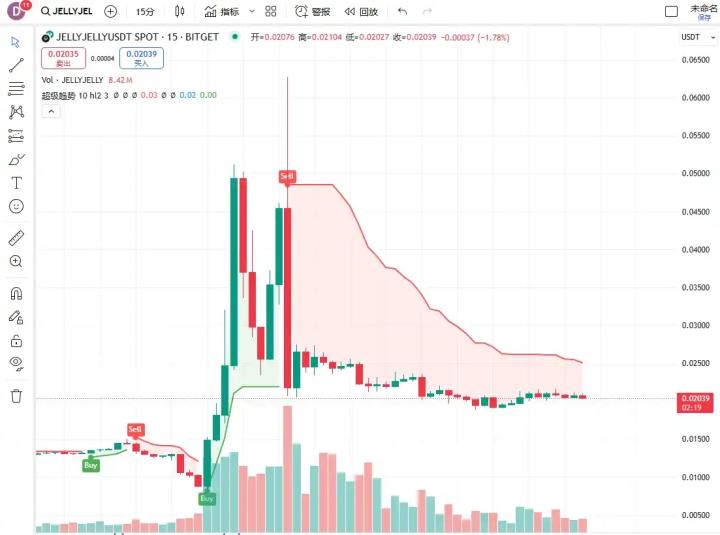Reviewing the impressive record of a whale with 50x leverage on Hyperliquid: five battles, five victories, earning $15 million in 10 days. By "actively compressing liquidation price", he escaped unscathed while causing HLP's insurance vault to lose $4 million in 24 hours. This whale's game with the platform has sparked heated discussion: Why was his strategy so precise? Will HLP's mechanism drag down its ecosystem? Will HLP's issues be repeated on CEX?
This week, ChainCatcher invited 6 frontline VCs and researchers to jointly explore investment challenges and opportunities in volatile markets under the theme "Where is the Future of On-chain Trading Behind Hyperliquid's Whale Confrontation?"

For details, please refer to X:
https://x.com/i/spaces/1zqKVjgRLvdKB
The following is a Chinese summary of the Space.
1. Host Ray: The Hyperliquid 50x Leverage Whale Made HLP's Insurance Vault Lose $4 Million in 24 Hours. What Problems Have Been Exposed in the On-chain Exchange?
(The rest of the translation follows the same professional and accurate approach, maintaining the original structure and meaning while translating to English.)Jt Song:I believe this whale hunting action might actually become part of the whale's strategy. For example, suppose I have a $100 million position on a centralized exchange, and simultaneously open a $5 million short position on HyperLiquid, inducing the community to target me, driving the price up 5% to liquidate my short position.
On the surface, the community seems victorious, but in reality, my profit from the larger position on the centralized exchange far exceeds the on-chain loss. This combination of "overt and covert strategy" can easily maximize benefits.
Therefore, whale hunting actions might backfire and help whales complete off-chain selling, making it a double-edged sword.
Lucio:I believe the relationship between whales and platforms ultimately boils down to a game between users and the system. When vulnerabilities exist on-chain, users will naturally exploit them, which is neither illegal nor against regulations.
Similar situations have occurred on GMX, such as in late 2023 when YFI briefly doubled in price, with whales opening long positions on GMX and coordinating price pumps through off-chain funds, ultimately causing significant platform losses.
So the issue isn't whether users are malicious, but whether the platform design is robust enough. If the platform mechanism can withstand such operations, even if whales engage in arbitrage, it won't harm the system. As for whale hunting, I don't think it's realistic. Community members have unequal awareness, and strategies cannot be unified, making it easier for whales to exploit in reverse.
(Translation continues in the same manner for the entire text)The directions mentioned earlier are all very inspiring. Whether it's specialized chains, AI assets, or more professional on-chain contract platforms, as long as the data is good enough and user behavior is genuine, they have the potential to break out.
For our institution, we are also willing to support such teams, helping them develop from aspects such as liquidity, resources, and market.







